The Berlinale Opening Films and Red Carpet related films, usually Out of Competition and on a comparatively less demanding first day, are usually a light and intended entertaining affair that is more geared to putting critics and audiences in feel-good festival mood rather than deliberately typifying what the Berlinale is chiefly concerned with in terms of heightened critical appraisal. That said, with the director and many of the cast invited along for the Opening Gala, such programming of a film still intends to garner as much publicity as possible.
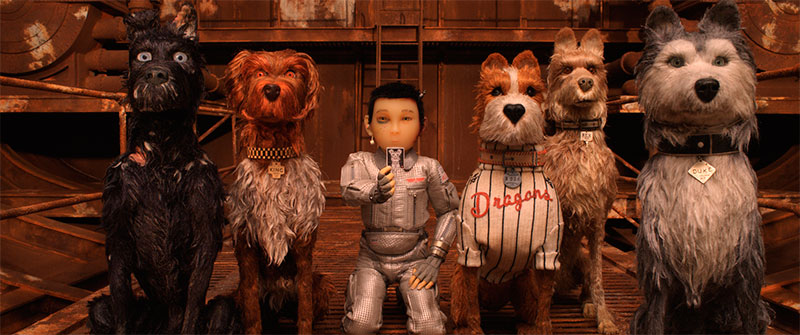
Over the years, the quality of these high-profile films has varied. George Clooney’s The Monument’s Men (2014) can be considered the creative nadir of an otherwise good director and actor. Drawing power for the Red Carpet Clooney may undoubtedly have, but he was well off the mark with his film about protecting valuable artistic works at the end of the Second World War despite (and very surprisingly in light of) an excellent cast. Clooney also featured in the 2016 opening film Hail, Caesar! by the Coen Brothers which, along with their entry as opening Berlinale film in 2011, the re-make of True Grit (1969), can also be considered comparatively minor blips in their oeuvre.

Isle of Dogs © 2018 Twentieth Century Fox.
Indeed, the pattern of having returning directors and/or stars for the Berlinale Opening Film that combine well-known names and glamour supposedly have just enough artistic credibility to justify their inclusion in the program. The commercial demands of golden and perennial sponsorship by the same returning global brands, ubiquitous around Potsdamer Platz, may also be reasons for such choices.
Seemingly is also the case with Wes Anderson as a recurring presence at the beginning of the Berlinale. His Grand Budapest Hotel, the opening film from the 2014 Berlinale, has divided in critical opinion despite its high concept mise-en-scène production values. Four years later, back Anderson comes for the Berlinale curtain-raiser with Isle of Dogs, his second animated film after Fantastic Mr. Fox (2009). The good news is that this time he has hit the mark, both for his own credibility and that of the Berlinale.
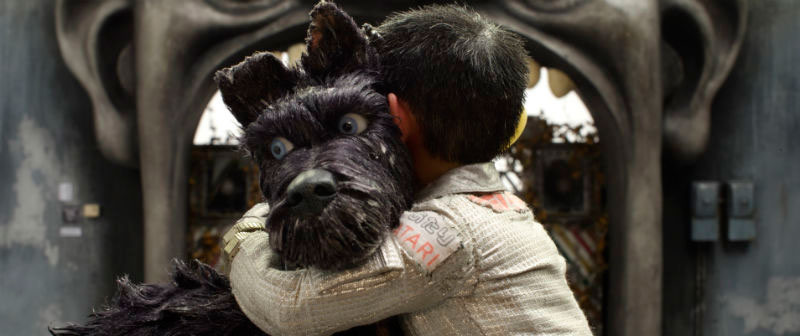
Isle of Dogs © 2018 Twentieth Century Fox.
Set 20 years in the future, this stop-motion dystopian comedy adventure film contains anthropomorphic characters (that being dogs) taking precedent over the human and robot supporting characters. On a remote Japanese island that has been quarantined as a result of a “canine flu”, Isle of Dogs follows the desperate struggle of five local dogs called Chief, Rex, Boss, Duke, and King. A boy named Atari Kobayashi ventures to the island to search for his companion dog, Spots and he helps them escape from their isolated existence. In befriending Atari, the dogs help protect Atari from the corrupt Japanese authorities.
This time Wes Anderson has hit the mark, both for his own credibility and that of the Berlinale.
Interestingly, Anderson apparently claims Isle of Dogs was strongly influenced by the films of Akira Kurosawa, as well as the stop-motion animated holiday specials made by the American Rankin/Bass Productions that existed between 1960-2001 and contained a visual style of doll-like characters with spheroid body parts, and powdery snow combined with traditional cel animation to create an animation technique called “Animagic”, which was to be very influential on later Japanese animation. While it is initially difficult to see the Kurosawa influence –though admittedly the poignant line, Who are we? And who do we want to be? seems very Kurowsaw-ian)–, the latter influence is very evident.

Wes Anderson
For casting, again Anderson uses his recurring actors in Bill Murray, Jeff Goldblum, Edward Norton, Bob Balaban and Harvey Keitel. Also amongst the star-studded cast lending their voice-over skills are; Murray Abraham, Greta Gerwig, Frances McDormand, Liev Schreiber, Scarlett Johansson and Tilda Swinton, as well as a cameo from Yoko Ono. Anderson also wrote the screenplay as well as co-writing the story and co-producing.

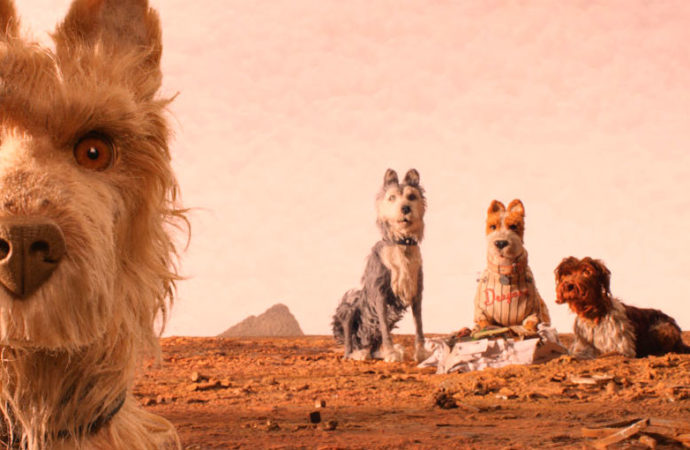

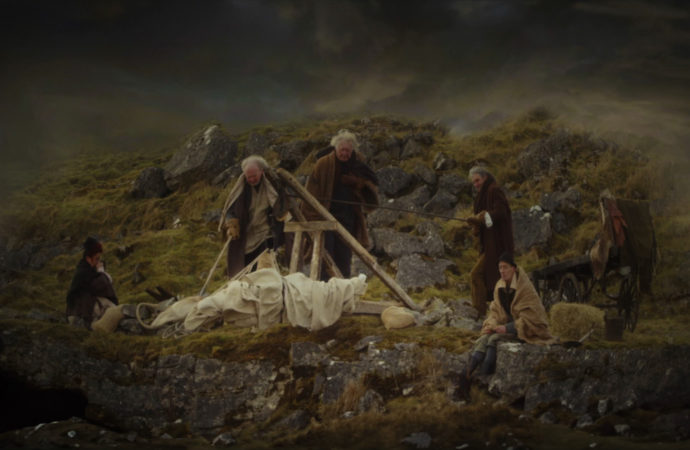



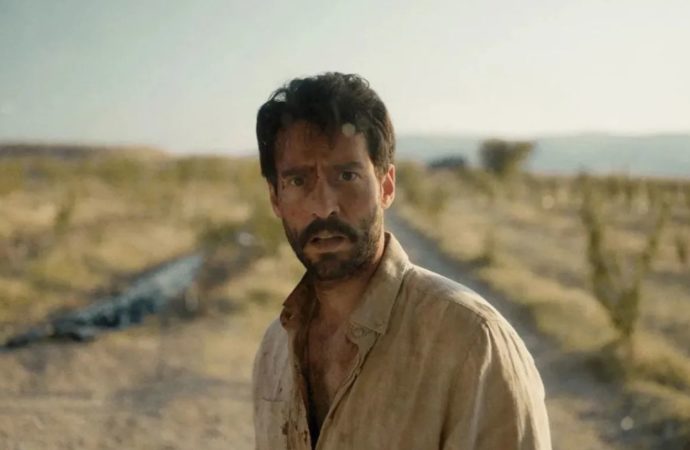

No one has posted any comments yet. Be the first person!